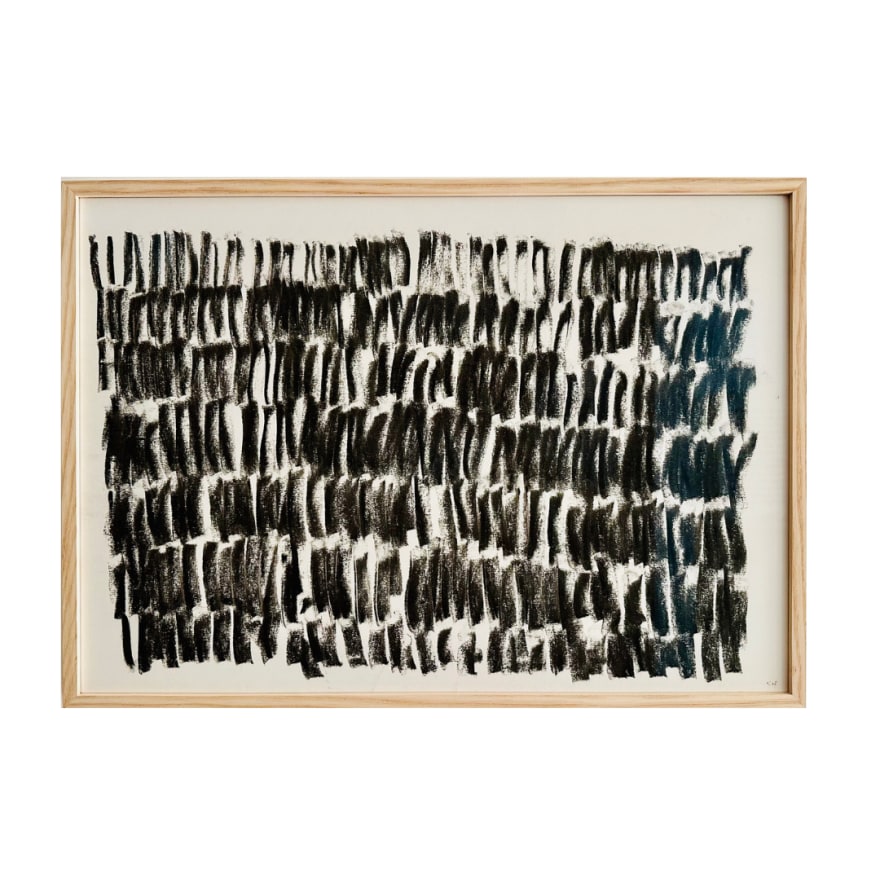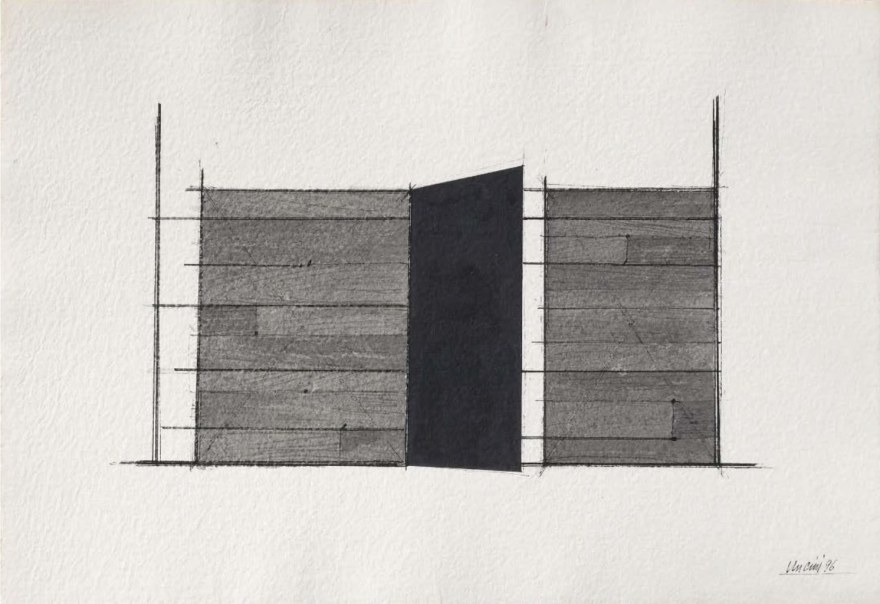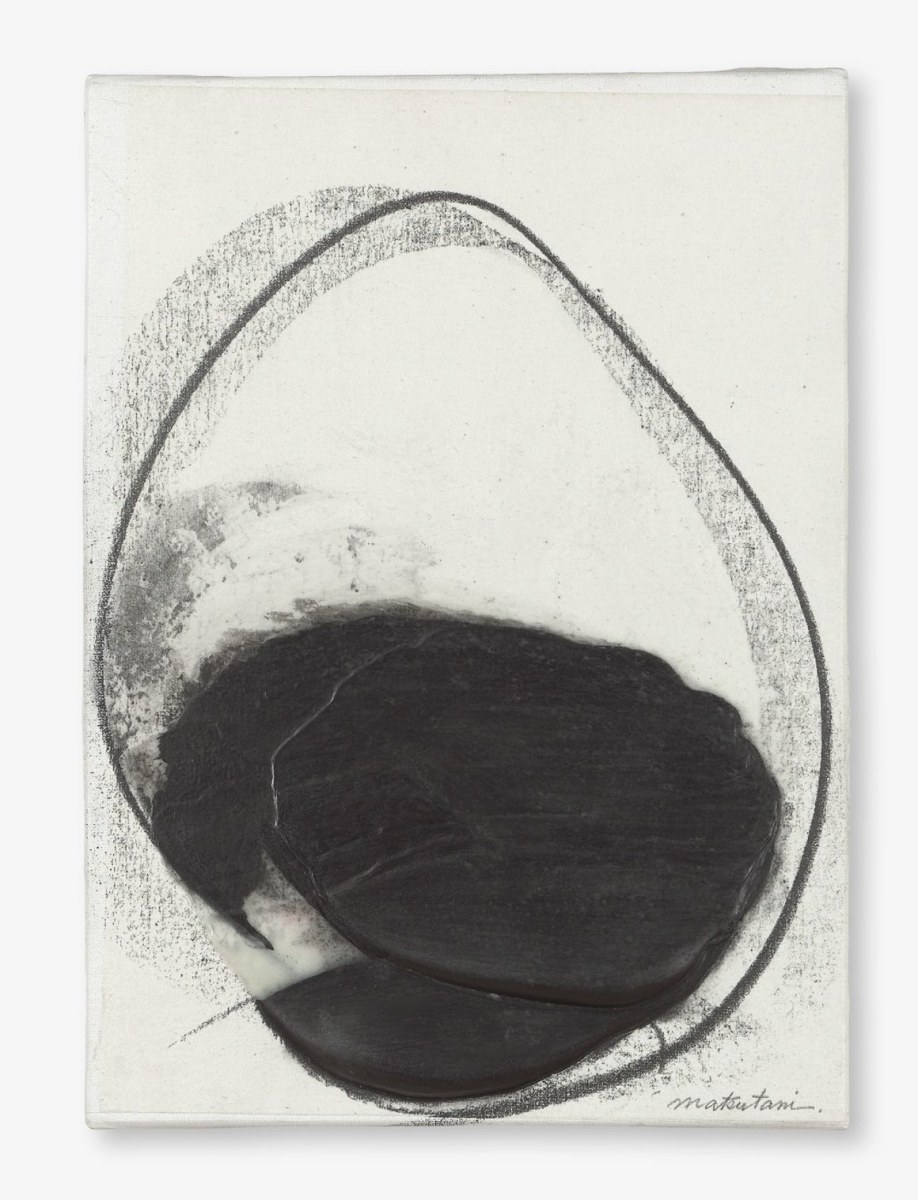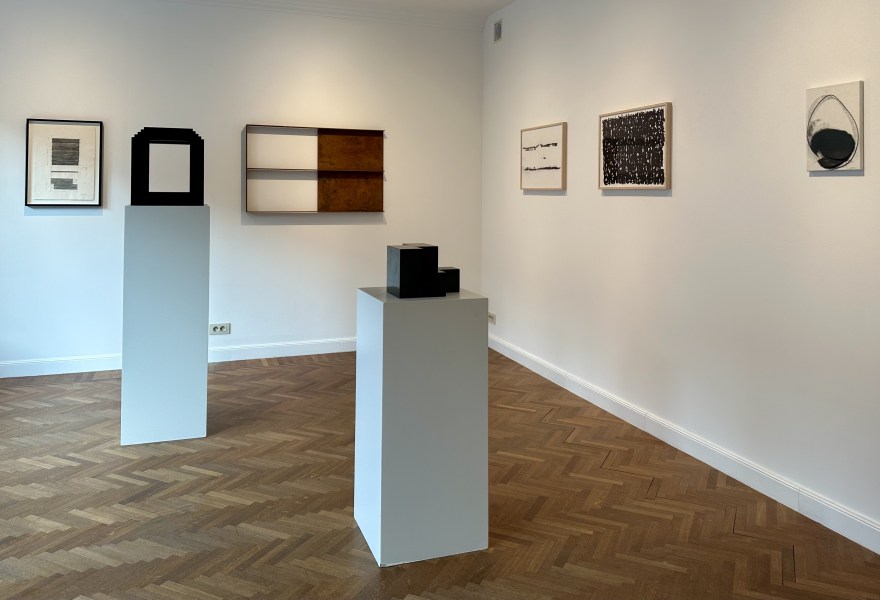19 june 2025, Yves Joris
Fictitious travelogue on rarefied layers of air about 'thin air' in Settantotto Art Gallery
On 15 June, gallery owner Thijs Dely kicked off the exhibition thin air at Settantotto Art Gallery. Allow me to guide you – the reader – through this (art) expedition like a sherpa. thin air is a journey where you not only gain altitude, but also slowly bid farewell to the heavy and tangible, making space for the elusive and almost weightless.
The air changes along the journey. What is still full and rich at the start, saturated with oxygen and vitality, becomes increasingly thin and sharp the higher I climb. As Jon Krakauer describes in his bestseller Into Thin Air: “The air at Base Camp seemed thick and rich and voluptuously saturated with oxygen compared to the brutally thin atmosphere of the camps above.”
This is how I want the visitor to experience this exhibition: a passage from abundant breathing to the fragile silences of the high peaks. A metaphor for the search for what lies behind matter, in those thin layers of air where art reveals itself in its most vulnerable and purest form.
The image of our ‘altitude training’, as Thijs calls it, helps me understand this. It is a temporary dwelling at great height, a place where life slows and breath falters. Not a permanent destination, but a way station. Altitude training is a moment of introspection, vulnerability and intense concentration.
I imagine that the air becomes thinner with every step I take. As if I have slowly left the city behind and am making an invisible climb in the Settantotto massif. The air at the starting point feels rich, full, almost luxurious. The space breathes, carrying a warm atmosphere, as if savouring every molecule of oxygen.
But the higher I climb through the exhibition, the thinner the atmosphere becomes and breathing more difficult. Just as Krakauer described. As if I am entering a place where even the air itself seems to have forgotten to be present.

Renato Nicolodi, Reliquarium II, 2022, Settantotto Art Gallery
Nicolodi’s weightless altars
My first resting place is with the work of Renato Nicolodi. His Reliquarium towers like a silent stupa, a monument that seems to have forgotten its own function, a small temple for a god who departed long ago, cloaked in the shadow of oblivion. The wood is dark, jet black as the abyss of a gorge yet warm, as if it has trapped centuries of breath within its pores.

Riki Mijling, Every Day Is The Same, 2025, Settantotto Art Gallery
RRiki Mijling: rust as the breath of time
Higher up on this journey, I encounter the sculptural formations of Riki Mijling. Her corten steel plates whisper a tale of transience and time. The material seems alive, rusting like a slowly sighing breath. Here, time speaks directly. Oil, fire, oxygen: she lets the elements do their job, like wind carving deep grooves into mountain slopes. The rusted surfaces form a slowly shifting cloud of colour, changing shape constantly under different light.

herman de vries, v. '08, 2008, Settantotto Art Gallery
herman de vries, a collector of accidental reliefs
The journey carries me further along the collections of herman de vries. Here, nothing is planned, everything is found. No intervention to dictate a story, but a humble engagement with what nature has produced. Lava stones, polished by ocean currents, wood that has carved its life story into cracks and grains, charred traces that dance like ink drawings across paper.
I step into a natural library, where each object carries a forgotten chapter. Nature itself writes the logbook of impermanence here. It feels as if I am listening to silent testimonies of a world slowly disintegrating and yet continuously reborn.
His block of coincidence with wooden beams is a wondrous plateau where chaos submits to geometry with subtle reference. Like the ridge of a mountain seen from afar: wild and unregulated, but with a line that breaks the horizon, creating order in disorder. It seems a meditation on coincidence and necessity, an exploration of accidental influences and patient natural forces.

Giuseppe Uncini, senza titolo, 1996, Settantotto Art Gallery
Giuseppe Uncini, where shadow becomes stone
With Giuseppe Uncini’s work, a sudden gust of wind blows me roughly against the rock face. Here, weight becomes weight again and matter turns inexorably hard. His cementarmati drawings are architectural diaries in which the concrete reveals its innards. A skeleton of steel writhes like roots through a mountainside, visible yet fragile. But it is his Shadow of Two Parallelepipeds that makes me momentarily dizzy: a shadow captured in volume, a thought that has solidified. Here, nothingness itself becomes matter, as mist can suddenly freeze into rime on a mountain top.

Takesada Matsutani, Cercle 95 5 9, 1995, Settantotto Art Gallery
I reach the highest plateau, where Takesada Matsutani’s work awaits, appearing as air bubbles released from the artist’s breath, frozen in their own rounded ecstasy. Vinyl and graphite capture this cloud of breath, like thin ice on a mountain stream, fragile and yet powerful in their presence.
Matsutani was a pioneer within the Gutai movement, a groundbreaking and radically experimental art movement in post-war Japan. Gutai broke with the traditional image of art and sought to let matter itself speak, but also to express the fleeting, the intangible, the living. In their work, we see the universal desire to capture and express the energy of the moment, the life force of nature. Matsutani’s work reflects this quest: by stretching and deforming vinyl, organic, almost breathing forms arise, celebrating the transience and power of life.
Descending to sea level
I stand still and listen. Only the soft hissing of my own lungs still fills the space. When I leave the gallery, the air suddenly feels heavy. What was so light in there now seems to press down again here below. Breathing becomes deeper, the weight of gravity feels like an old friend embracing me once more.
thin air is not an exhibition, but an expedition. Not a collection of works, but a journey through various altitude layers of the material and the intangible. Each work breathes its own rhythm, each moment carrying the beauty of the temporary. In the rarefied air of this exhibition, boundaries blur between form and emptiness, between what is and what barely seems to be present.
Perhaps that is the true power of this journey: that it teaches us to look at what eludes words, and in that silence reveal the pure essence of art.
